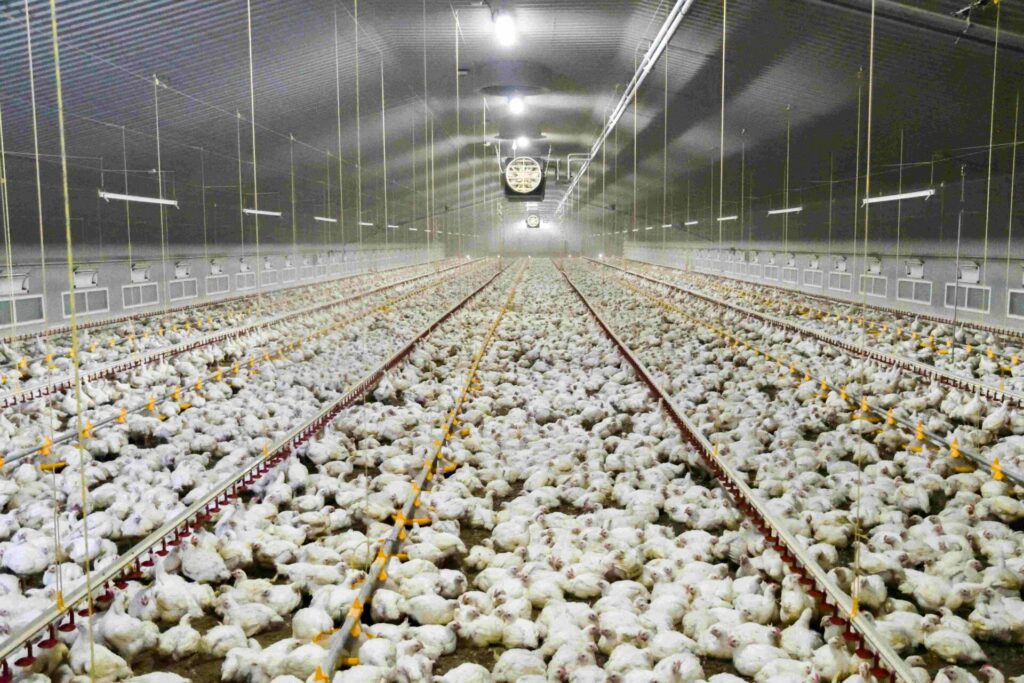The situation regarding avian influenza continues to evolve in Europe and globally, with reports of new outbreaks in birds and occasional infections in mammals, reported three European agencies on Monday.
According to a joint report by the European Centre for Disease Prevention and Control (ECDC), the European Food Safety Authority (EFSA), and the EU reference laboratory (EURL), sporadic human infections have been reported in countries outside the EU but the risk to the public in the EU remains low.
Avian influenza (Bird flu) or H5N1 influenza is a severe respiratory disease, with a range of symptoms observed, from mild to fatal. WHO announced in February that the global H5N1 situation is worrying given the wide spread of the virus in birds around the world, and the increasing reports of cases in mammals, including humans.
The mortality rate among cases reported with H5N1 infection over the years is over 50% but WHO did not elaborate on the risks of transmission from birds to mammals to humans
Highly pathogenic avian influenza (HPAI) viruses have caused an increase of cases in wild birds, particularly in gulls, in the EU and continue to cause occasional infections in mammals, according to the new report. The number of outbreaks in poultry between December 2022 and March 2023 in the EU has decreased from its high point in November 2022.
Abnormal mass mortality in gulls was observed in countries such as France, Belgium, The Netherlands, and Italy. The risk of infection in poultry may increase in the coming months as gulls spread inland, possibly overlapping with poultry production areas. EFSA and EURL recommends that prevention strategies should be implemented in poultry production areas.
Recent mass mortality events in mammals such as sea lions suggest a potential transmission among mammals of the HPAI virus. The European scientists recommend extending and enhancing surveillance to wild and farmed mammals, particularly American mink and pigs, in certain areas where HPAI is present.
On the positive side, human infections remain a rare event. Most of the severe human infections reported recently from countries outside the EU were related to people exposed to sick and dead poultry who were not wearing personal protective equipment, particularly in backyard farms.
ECDC assesses that the risk to the general public in Europe remains low, and low to moderate for workers and other people in contact with potentially infected sick and dead birds and mammals. It also confirms that HPAI viruses currently in circulation are susceptible to antiviral medicines available to humans.
Animal welfare NGO FOUR PAWS has recently warned against the risk that the virus may adapt to mammals and potentially spark next human pandemic.
According to FOUR PAWS, HPAI outbreaks often occurs in establishments without outdoor access. Poultry production systems (e.g. breeders) with high biosecurity standards are also affected. “We need a multi-faceted approach to reduce risks, and strategies to tackle HPAI,” commented Nina Jamal, Head of Pandemics at FOUR PAWS.
“Such a strategy needs to include a reduction in livestock numbers, a reduction in the density of intensive poultry farms to avoid transmission between facilities, a shift in production systems from large-scale industrial facilities to small-scale farming where fewer birds are reared in high welfare conditions to limit the animal suffering and damage caused by disease outbreaks in farms.”
The Brussels Times

